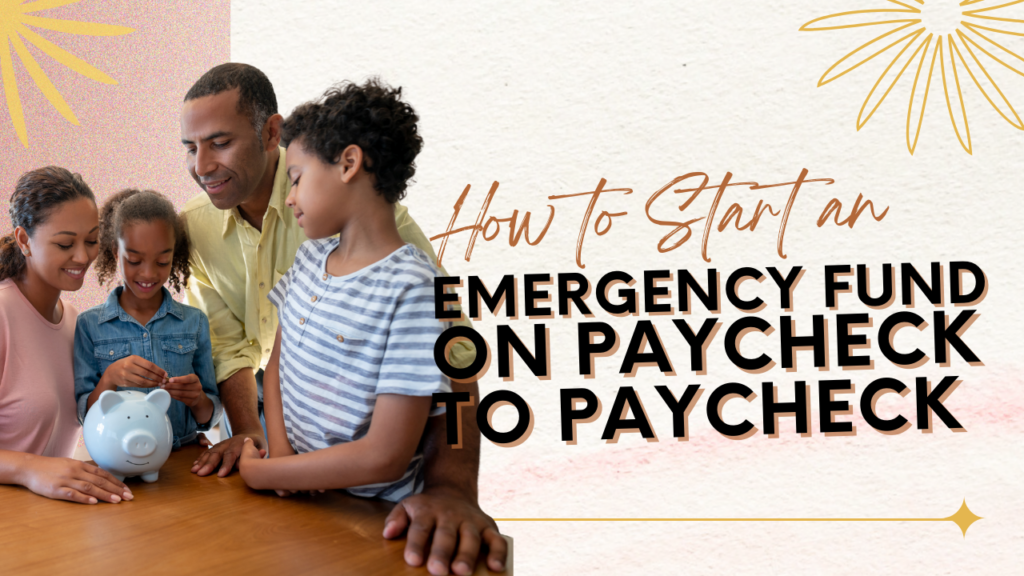Imagine you’re sitting at your kitchen table, surrounded by your kiddos’ latest art projects and the never-ending to-do list that comes with being a supermom.
Now, picture this: an unexpected expense or medical bill pops up. Maybe the family car decides it doesn’t want to start, or a sudden trip to the dentist becomes a must. That’s where an emergency fund comes in – it’s like a superhero for your wallet, ready to save the day when those unexpected bills or unplanned expenses might try to sneak up on you.
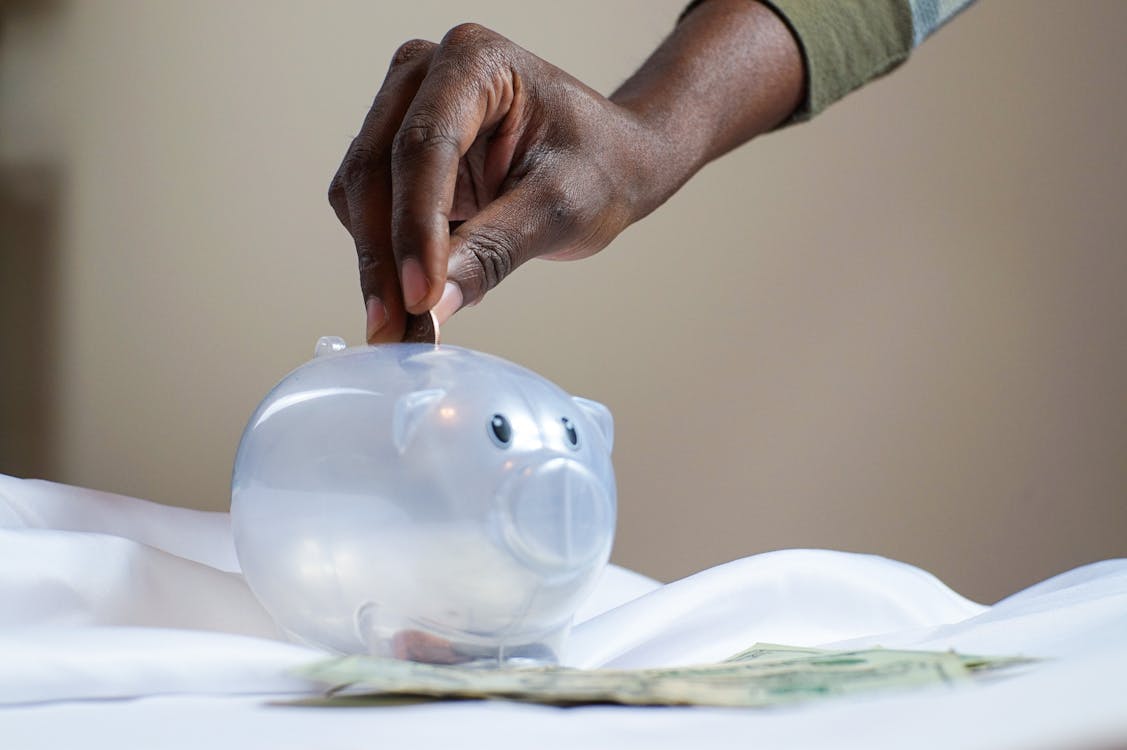
Source: pexels.com
An emergency fund is a stash of money set aside just for these surprise moments. It’s not for buying ice cream or taking a trip to the zoo, but for those times when you really need it.
Think of it as a safety net under your family’s tightrope of financial planning and monthly costs of daily life. Building this fund might seem like a big task, but don’t worry, I’ve got some tips and tricks to share that can make it as easy as pie – or, at least, as simple as baking one with a little helper or two by your side.
Understanding Your Financial Well-being
Before we dive into the nuts and bolts of building our superhero emergency fund, let’s take a step back and play a little game I like to call “Detective Mom.” This game is all about understanding where our money is going every month. Just like we sometimes sneakily check if our kids are eating their veggies, we need to sneak a peek at our spending habits.
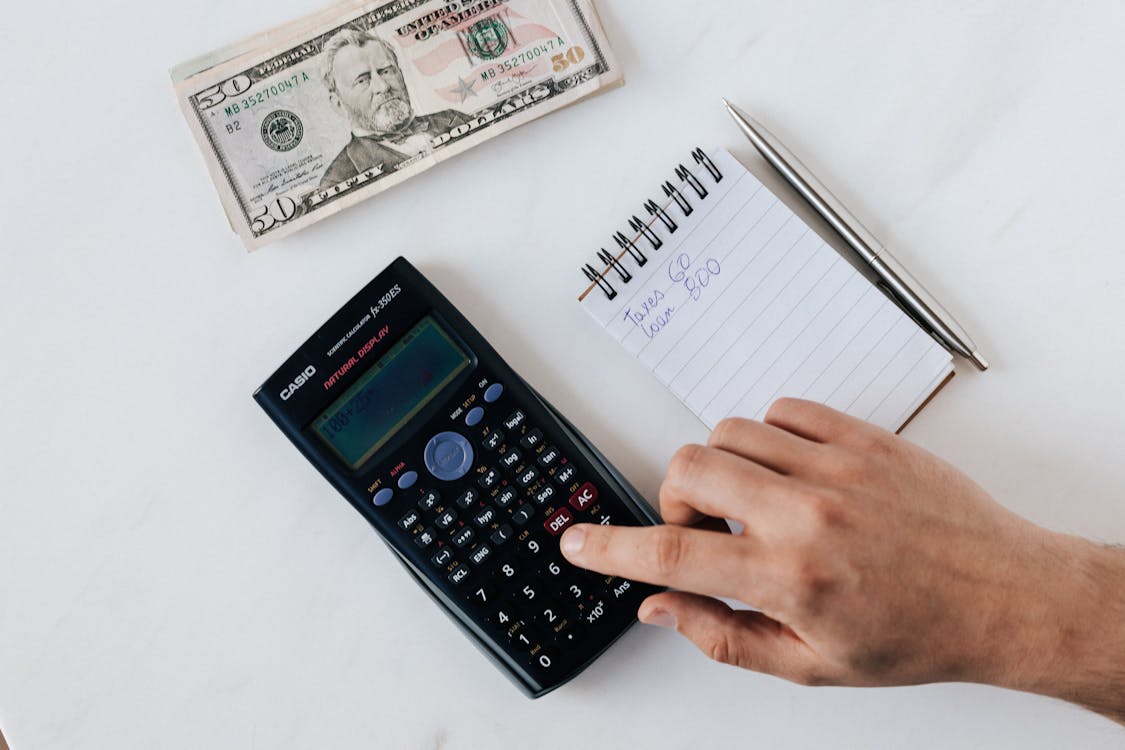
Source: pexels.com
First, let’s gather up all those bills, receipts, and our bank accounts and statements. We’re on a treasure hunt to find out how much money is coming in and where it’s going out. Think of it as trying to find hidden gems in a messy playroom. We’re looking for clues that show us what we absolutely need to spend money on every month (like food, rent, and gas) and what we can maybe cut back on (like that extra cup of fancy coffee or those super cute shoes that we really want but don’t need).
Why You Need an Emergency Fund
Now that we’ve played detective and have a good idea of our money situation, let’s chat about why we need an emergency fund. Imagine one day, your little one’s beloved toy breaks, and they look up at you with those big eyes full of hope that you can fix it. In life, sometimes bigger things break or go wrong, and that’s when our own emergency savings fund swoops in, cape flying, to save the day.

Source: pexels.com
Having this fund is like having a secret stash of superhero tools that we can grab when things get tough. It helps us fix those unexpected “broken toys” in life, like if the car suddenly stops working or if someone in the family needs to visit the doctor. It’s all about making sure we’re not caught off guard. Without it, we might have to use our bank account or a credit card and pay lots of extra money in interest, or even worse, not be able to fix the problem at all.
Building an emergency fund means we’re putting on our superhero capes and getting ready for whatever life throws our way. It’s about keeping our family safe, secure, and ready to face the world, no matter what. And the best part? We’ll sleep better at night knowing we’ve got it covered, giving us that peace of mind every mom dreams of.
Determining Your Emergency Fund Goal
Alright, moms, let’s dive into our piggy banks and talk numbers – don’t worry, we’ll keep it super simple. Imagine you’re planning a family camping trip. You’d need to know how much food, snacks, and marshmallows you’ll need, right? Well, figuring out your emergency fund is kinda like planning for that big outdoor adventure, but instead of snacks, we’re stocking up on peace of mind.
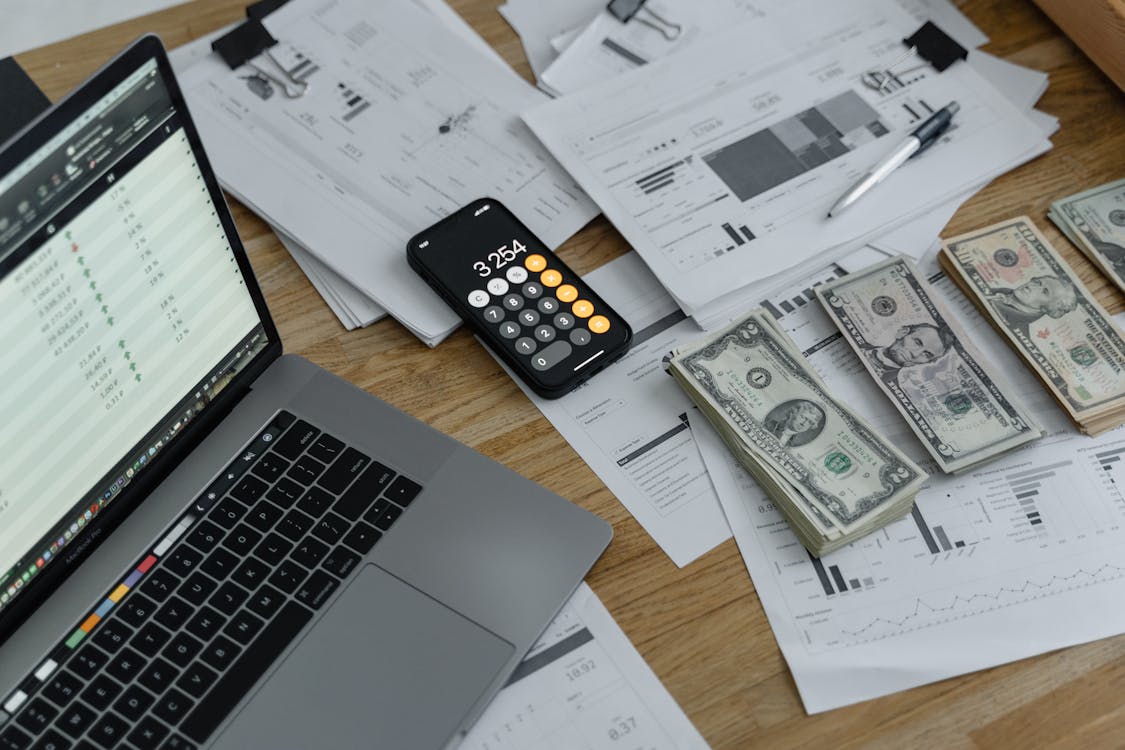
Source: pexels.com
First, we need to figure out how much money keeps our family ship sailing smoothly each month. Think about all the things you pay for your house, the car, groceries, medical bills, and yes, even those few unexpected expenses: trips to the ice cream shop because someone had a tough day at school. Let’s say all that adds up to $3,000 a month. A good rule is to cover three to six months’ worth of expenses. So, if we’re aiming for the middle ground, that’s 4.5 months. Time for some math fun:
$3,000 (monthly expenses) x 4.5 (months) = $13,500
That’s our magic number for the emergency fund! However, economist Khalfani-Cox offers a different advice considering the recent inflation. She tells Elizabeth Gravier on CNBC, “It is unrealistic and almost deceiving to tell people who are trying to get by, who are living paycheck-to-paycheck or living on unemployment…it’s wholly unrealistic to start talking to them about having six months of savings.”
In fact, Bankrate reports that “only 44 percent of Americans could afford to cover an expense of $1,000 or more from their savings.”
Instead, according to Gravier, we should save depending on our income and what we’re comfortable with. Saving something is better than nothing, after all! Besides The Vanguard says, “You can build up to it by stashing away smaller amounts on a regular basis, like every week or every paycheck. If you keep it up, over time you’ll eventually meet your goal.”
Strategies to Build Your Emergency Fund
Now, how do we fill up that pool without feeling like we’re carrying the ocean in a teacup? Here are some mom-approved strategies:
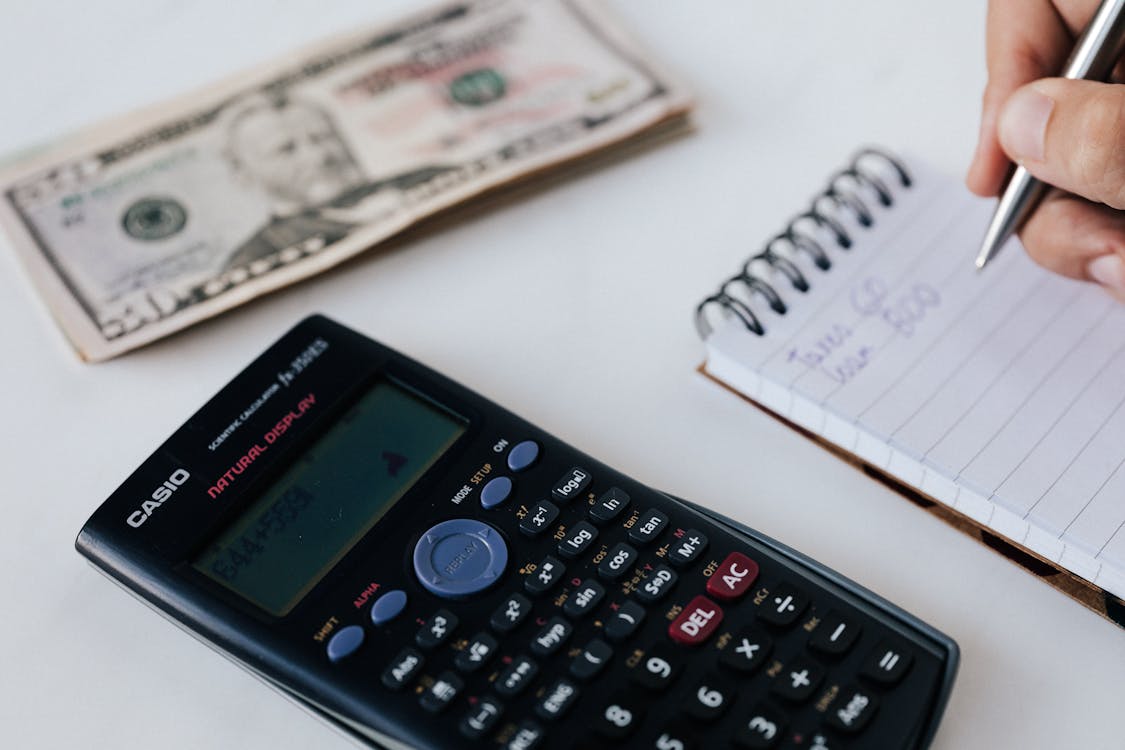
Source: pexels.com
1. Make a Budget: Picture your budget as your grocery list. Just like you wouldn’t go shopping without knowing what you need, don’t spend without a plan. See where you can cut back a little. Maybe it’s one less takeout meal a week or finding a fun, free activity instead of going to the movies.
2. Set Smaller Goals: Instead of looking at that big, scary $13,500 number, break it down. Maybe start by saying, “I’ll save $1,000 in three months.” Smaller goals are like mini-challenges, and reaching them gives you a high-five feeling.
3. Automate Your Savings: This is like setting up a playdate for your money. You can set it up so a little bit of cash from your paycheck automatically goes into a checking account or a savings account. You won’t miss what you don’t see, save automatically, and your emergency fund will grow while you’re busy being awesome.
4. Save Unexpected Money: Did Grandma send money for your birthday? Tax refund finally came through? Instead of splurging, sneak that money into your emergency fund. It’s like finding extra marshmallows for your camping trip – sweet!
Another good rule of thumb is to track your debt and cash flow. The Consumer Financial Protection Bureau aptly summarizes this in their statement:
“Your cash flow is essentially the timing of when your money is coming in (your income) and going out (your expenses and spending). If the timing is off, you can find yourself running short at the end of the week or month, but if you’re actively tracking it, you’ll start to see opportunities to adjust your spending and savings .”
Finding the Perfect Spot for Your Emergency Savings
Imagine your emergency fund is a secret treasure. Now, where would a smart mom hide her treasure? Somewhere safe but accessible, not buried in the backyard where it might get lost or forgotten when you need it most. This treasure needs a special spot – like a secret compartment in your jewelry box.
 Source: pexels.com
Source: pexels.com
We’re talking about savings accounts, money market accounts, other funds and high-yield accounts. They’re the map to your treasure, ensuring it’s there when you really need it, yet safe from everyday temptations.
-
Savings Account: This is like your kitchen drawer – easy to open and close. It’s safe, and you can reach in whenever you need to without any hassle.
-
Money Market Account: A bit like a locked candy jar. You can see your treats (money), but there’s a little more effort to get to them, making you think twice before dipping in.
-
High-Yield Account: Imagine a piggy bank that grows seeds into flowers – your money grows a bit faster here because of better interest rates, making your emergency fund blossom.
Maintaining and Growing Your Emergency Fund
Now that we’ve found the perfect spot for our emergency savings fund, how do we make sure it grows big and strong? It’s a bit like nurturing a garden – it needs attention, care, and the right environment.

Source: pexels.com
-
Avoid Increasing Monthly Spending: Just because you have a safety net doesn’t mean you should walk the tightrope more often. Resist the urge to increase your spending. It’s tempting to upgrade your lifestyle when you know there’s a cushion, but remember, the emergency fund is for real emergencies, not for upgrading to the deluxe edition of life.
-
Keep Saving After Reaching Your Goal: The journey doesn’t stop once you hit your magic number. Life changes, expenses go up, and so should your emergency fund. Treat it like your child’s growth chart – aiming higher as you go along.
-
Gradually Increase Your Savings: As your income grows, or you find extra money from cutting back expenses, add more to your fund. It’s like leveling up in a video game; the more you play (save), the better you get.
-
Don’t Over-Save: Yes, there’s such a thing as too much saving if it means you’re missing out on living a good life today or investing in your future. Balance is key, like making sure you have both fun days out with the kids and quiet nights in.
Using Your Emergency Fund Wisely: Keeping Your Money Safe
Your emergency fund is a special key. It unlocks peace when you really need it, like in those “uh-oh” moments. But, you have to be smart about when to use it. It’s only for the big surprises that you didn’t plan for.

Source: pexels.com
Here’s what to think about before using that money:
- Ask yourself if you really need to use it right now. Is it a big surprise, or something you forgot about?
- Plan to put the money back. Think of it as borrowing from yourself.
- Look at your budget again after you use some of the money. You might need to save a bit more for a while.
Wrapping It Up: A Little Peace of Mind Goes a Long Way
From our savings options to figuring out how much to save, to finding clever ways to grow our secret stash without feeling it too much, we’ve covered a lot. And you know what? We’re pretty amazing for taking these steps. It’s not just about saving money; it’s about giving ourselves that pat on the back, knowing we’re doing something really smart for our families.
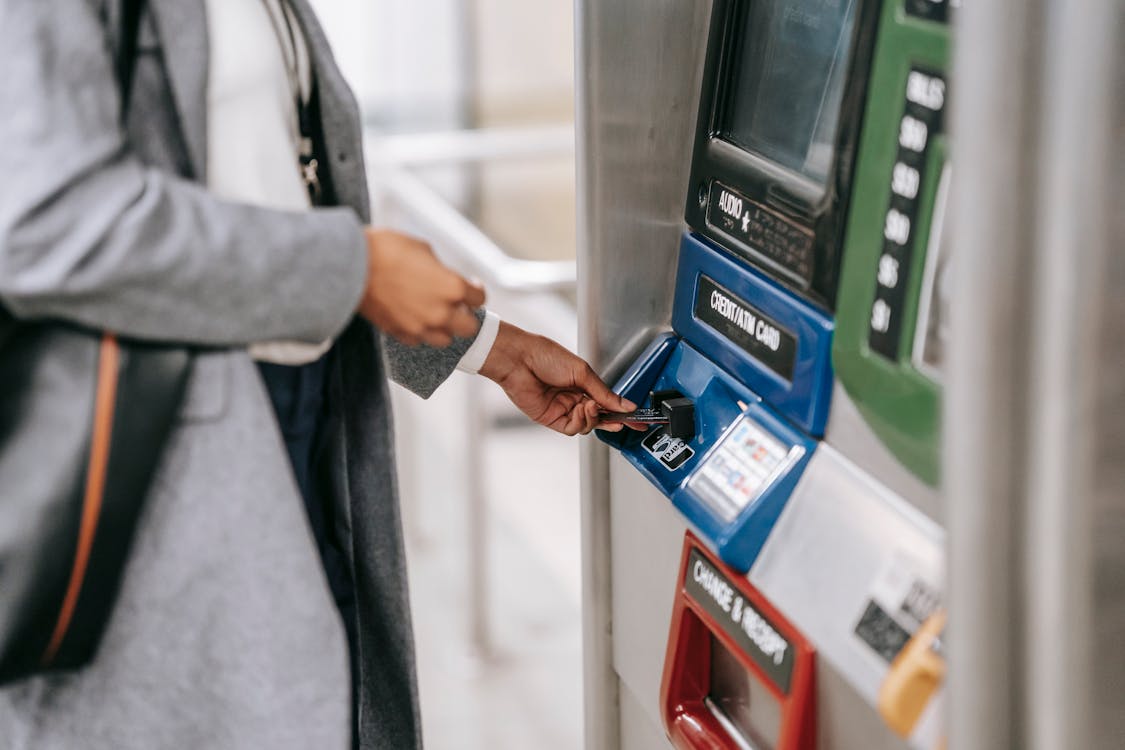
Source: pexels.com
Saving up isn’t a race. It’s more like adding beads to a necklace, one at a time, until we’ve got something beautiful and valuable. And even when we reach our goal, why stop? There’s always more we can do to make sure we’re as ready as can be for whatever life throws at us.
Let’s keep talking, sharing tips, and cheering each other on. We’re all in this together, building not just a safety net, but a trampoline that can bounce us back up when we fall down. Here’s to us, making sure we can sleep a little better at night, knowing we’ve got our bases covered.
Together, we’re not just saving money. We’re building a cozy, comfy blanket of financial security that lets us and our families dream a bit bigger and sleep a bit sounder.
Check Out These Amazing Stuff On Amazon
If you’re looking to start your savings journey, then take a look at these items from Amazon and add them to your cart. Fifty dollars and more might sound pricey but trust us, every penny is worth it with these items.
- Amazon Basics Steel Home Security Safe with Programmable Electronic Keypad Lock: Keep your financial documents and other important things in this best-selling highly secure safe.
- Bonsaii 12-Sheet Cross Cut Paper Shredder: Of course, you can’t just chuck old receipts and other important documents in the bin. You’re gonna need a reliable shredder to protect your assets and privacy.
- Survival Kit: You never know what’s gonna happen! Always be prepared for anything with this emergency kit.


